
Another Slack killer? Not really.
Slack's slash commands could be quirky and fun for developers, but Flock seemed to solve these problems quickly via in-chat UI.
When I joined Flock, they had problems with retention and engagemen. So we built a bunch of tools like light weight to-dos, reminders, polls in addition to deep 3rd party integrations where you can do things like searching in your google drive from the sidebar without having to leave the app.
While Slack is pretty much the market leader along w/ Microsoft Teams which was released sometime after I joineed, Flock addresses the need where users were not really saavy w/ slash command, didn't prefer 1000s of different apps to maintain their Workflow
Read full prompt here.
Monitor the overall health of a forest using Tree Rings; build empathy for trees using emoticons and VR education.
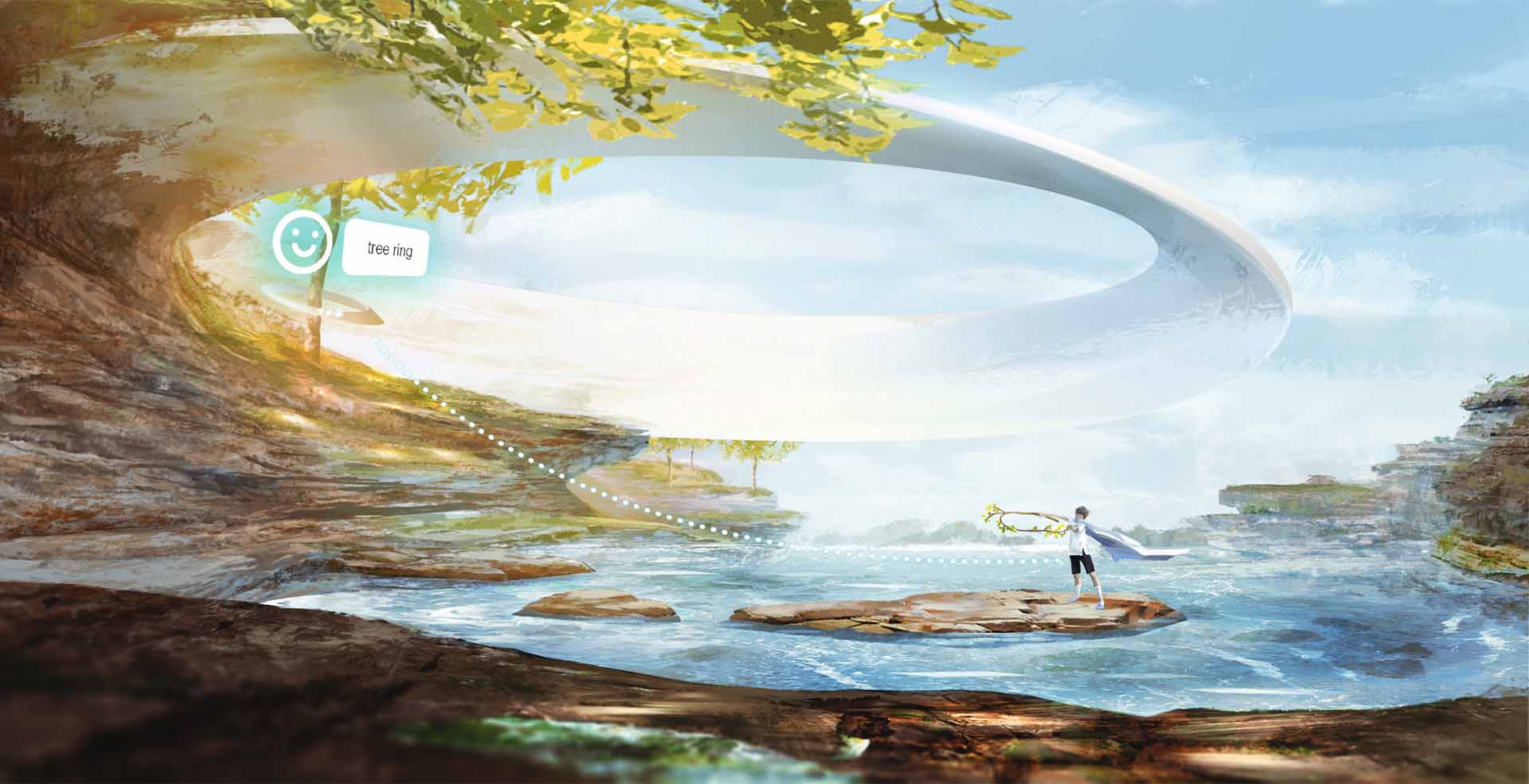
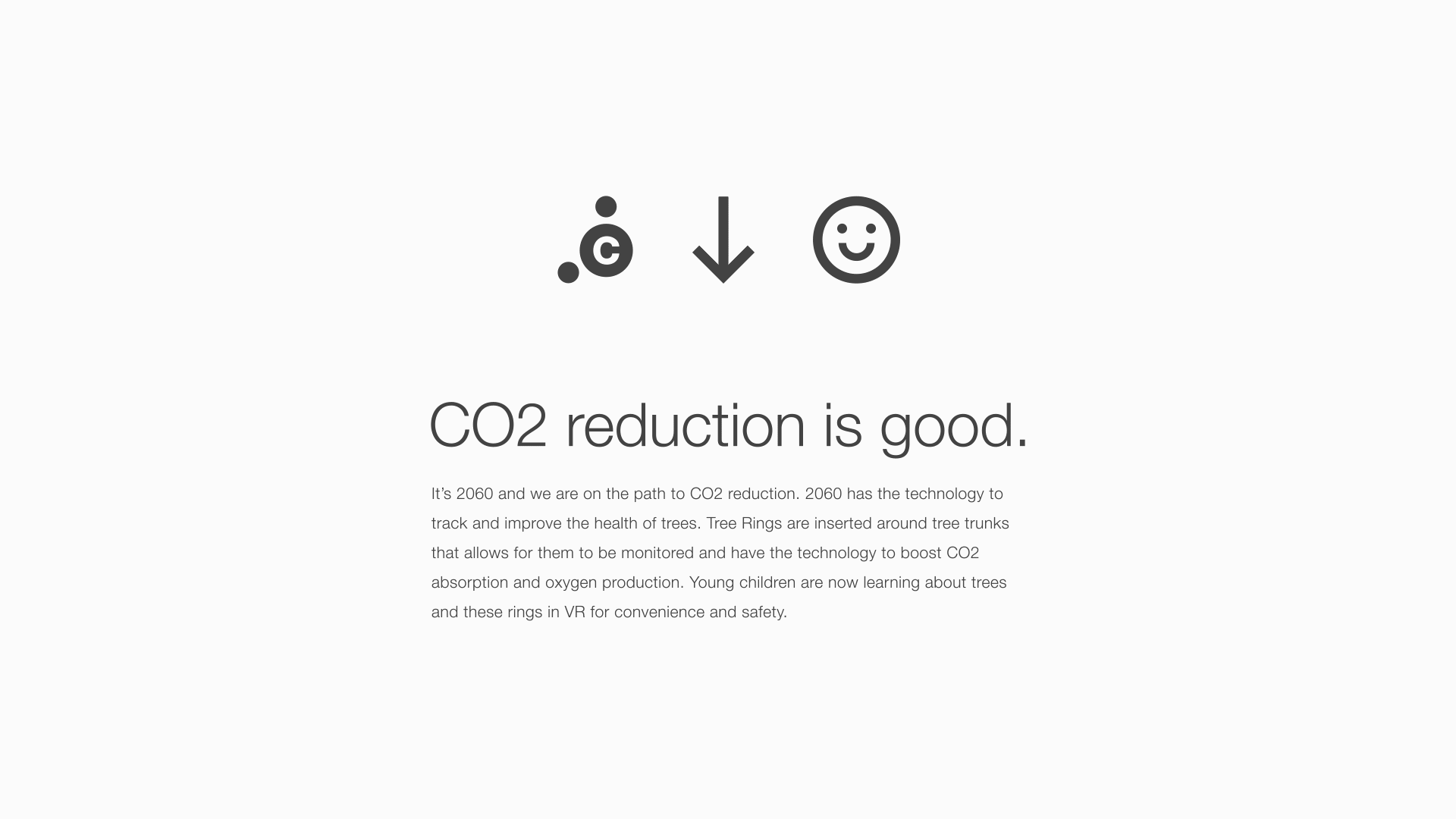
We can now monitor the health of a forest by placing a few Tree Rings throughout a forest. Unhealthy forests are more prone to forest fires and destruction, the use of Tree Rings could prevent these disasters by notifying us when the rings detect something wrong. These Tree Rings also increase CO2 absorption and oxygen production. The simple tree ring design came from not wanting to overwhelm nature with machinery, and nor did I want to make technology the focus over a nature scene.
I was interested in learning more about VR as an educational tool, and what I found was really eye opening. There are 3 main advantages of VR education.
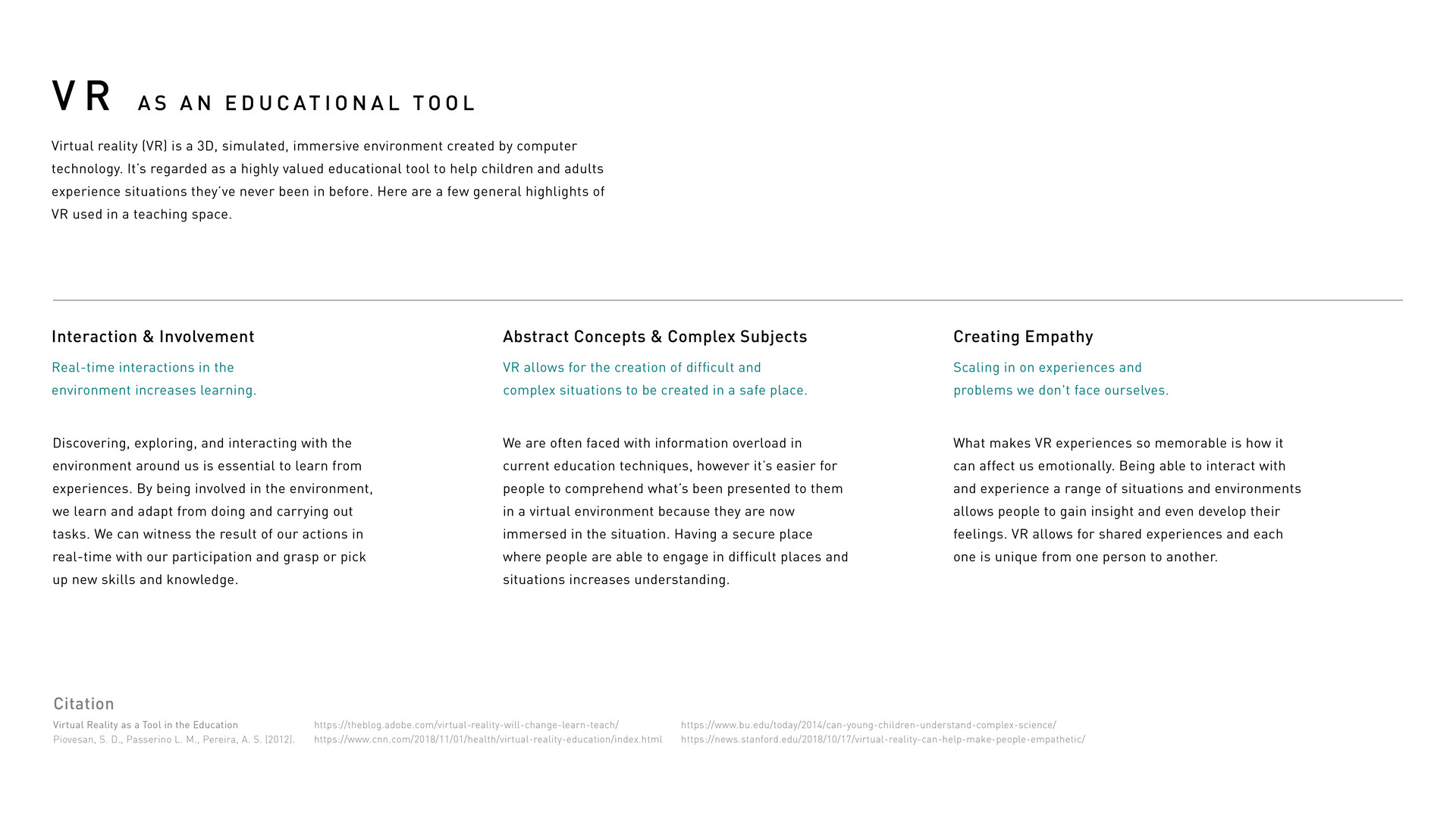
Emoticons light up the same parts of our brain when we see a human facial expression. An emotional bond can be created, making children care more about trees.
It's easier for people to understand emoticons and simple emotions than numbers that represent a state. For children, the health of a tree can be represented by 3 states: happy, neutral, sad (unhealthy). Based on this article and this finding.
Curves in architecture encourage movement, this space is round to encourage the user to move around and explore
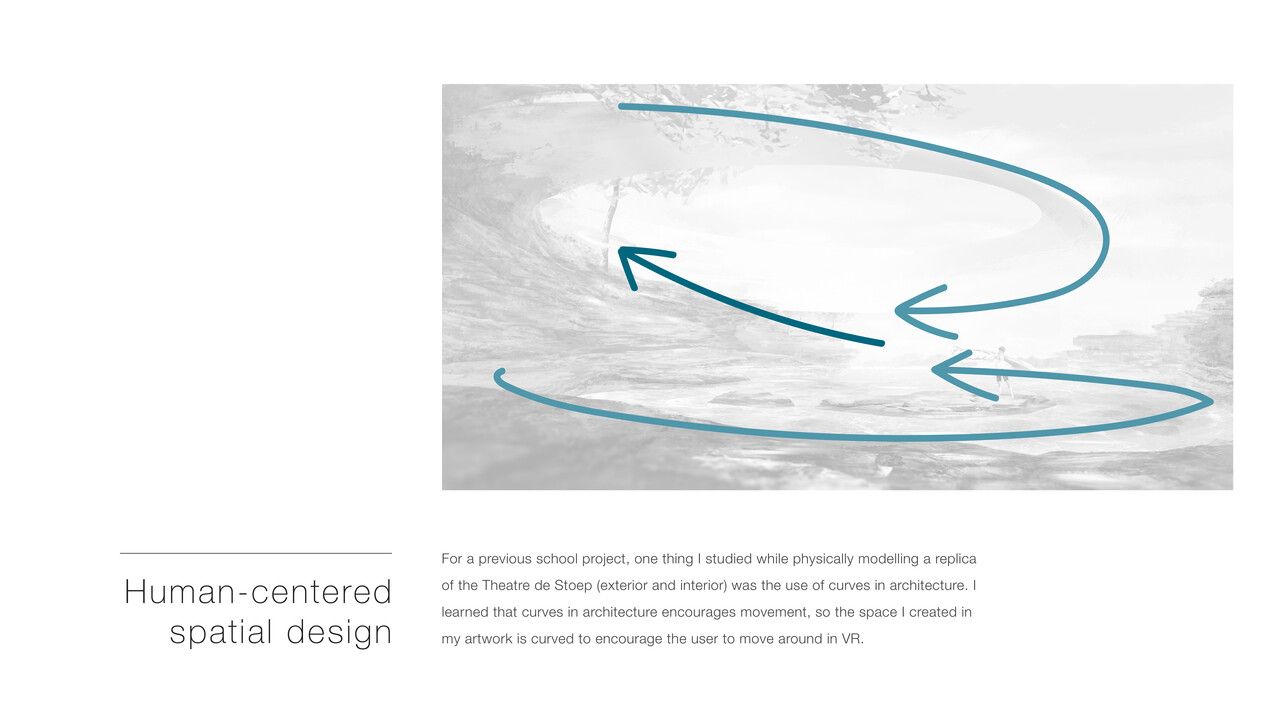
During my research, I also found out that the United Nations actually has a plan for a desirable future. My artwork relates to 2 of their 17 goals:
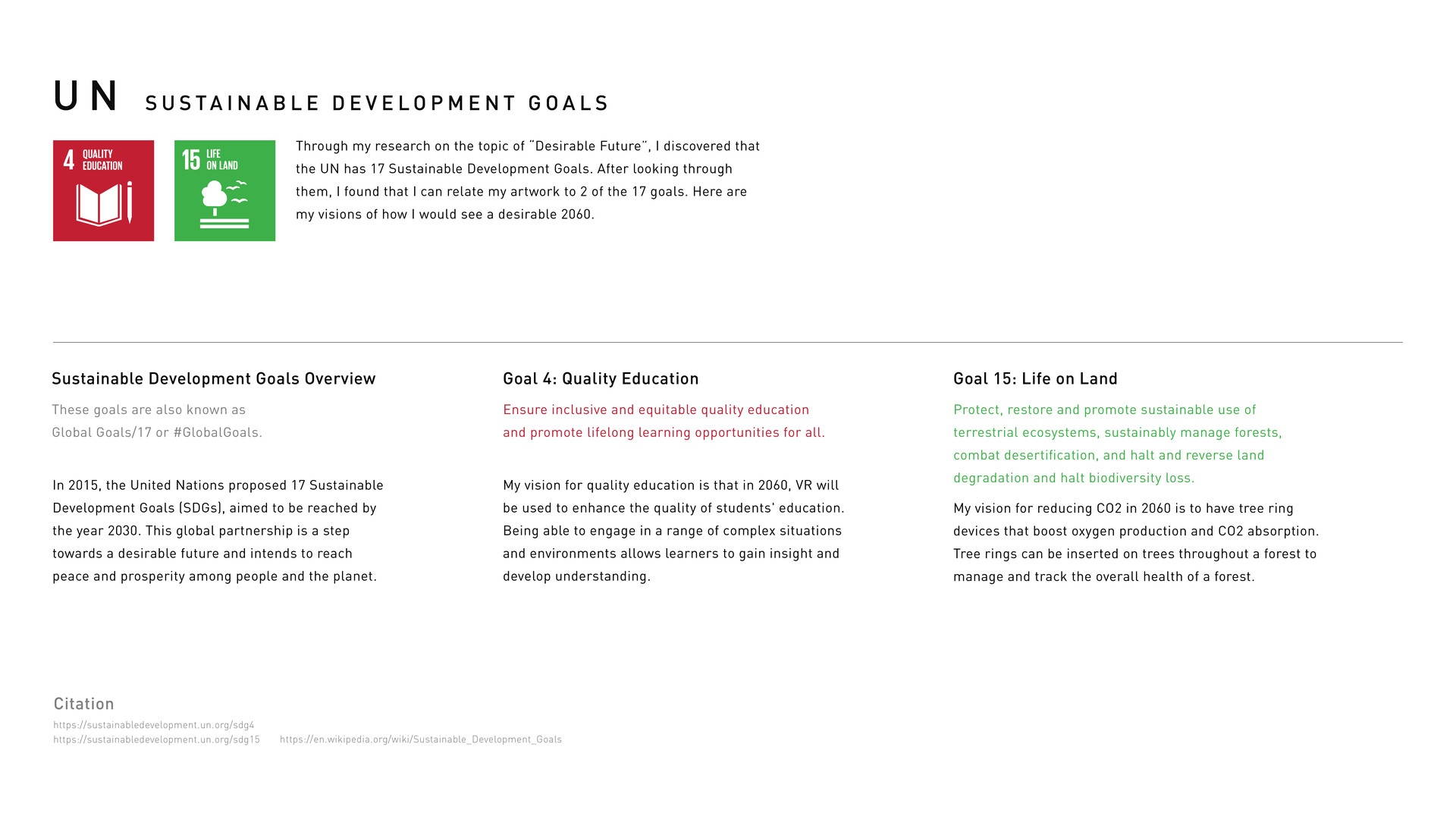
I used a 3D model of a mobius strip, as well as photobashing and hand illustration techniques to achieve my final illustration. The challenge was to make the composition, lighting and rendering style to work together seamlessly.
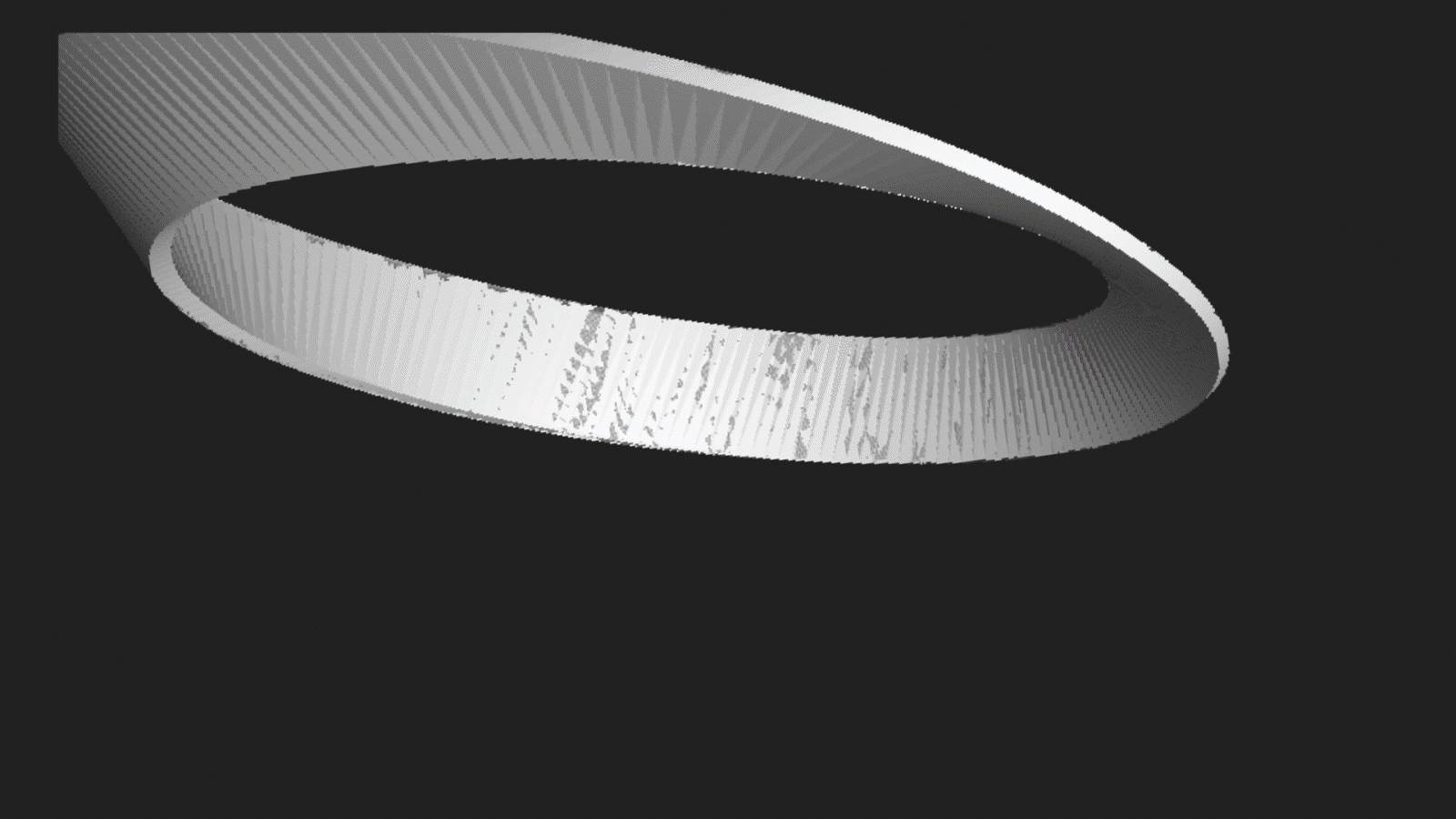
During the 2 months I spent researching and working on my illustration, I learned an incredible amount about VR education and greatly expanded my concept art skills. While it was interesting to come up with tree ring technology that doesn’t exist yet, it made me realize the importance of being environmentally conscious of what I'm designing. Concept art makes it easy to create cool new technologies, but in the real world how many resources, time, and money will it take to produce this product? How might we make VR education economically accessible to all kids? There are a lot of questions that are present, and I hope to keep broadening my knowledge about the world and think about the future impacts and results of my design choices.
Thank you to Miguel Gallardo, Annette Cheung, Yan Tymoshenko and Alex Honeywell for the feedback on my work.